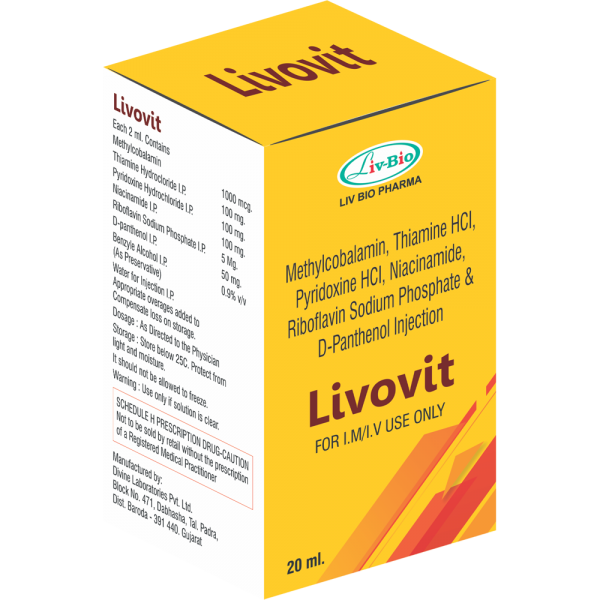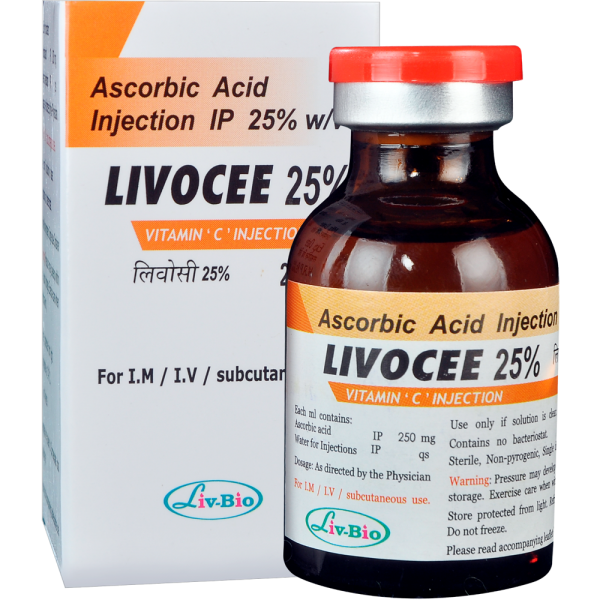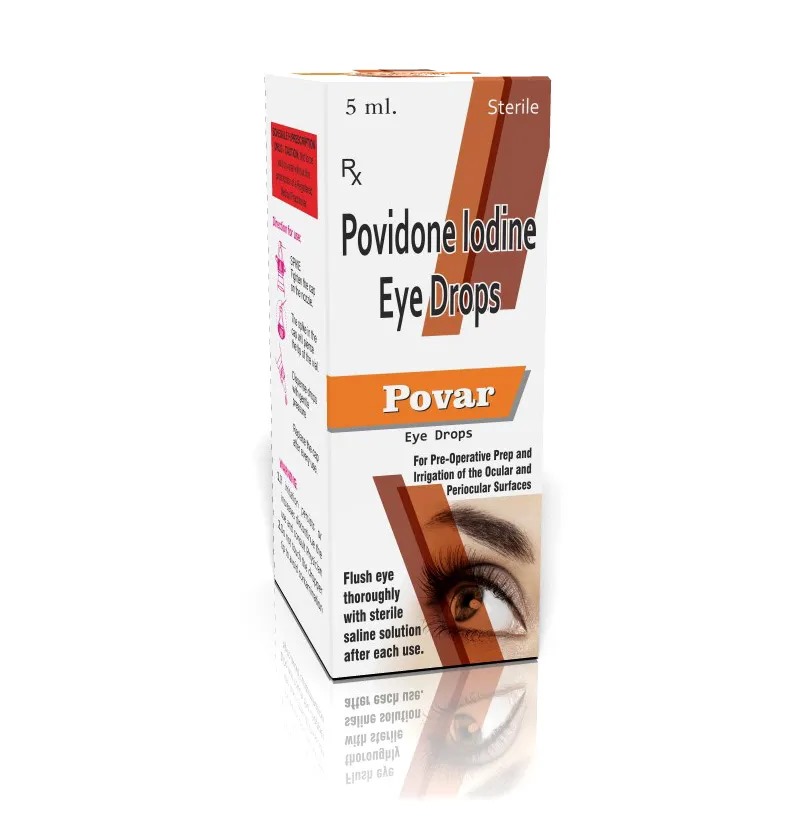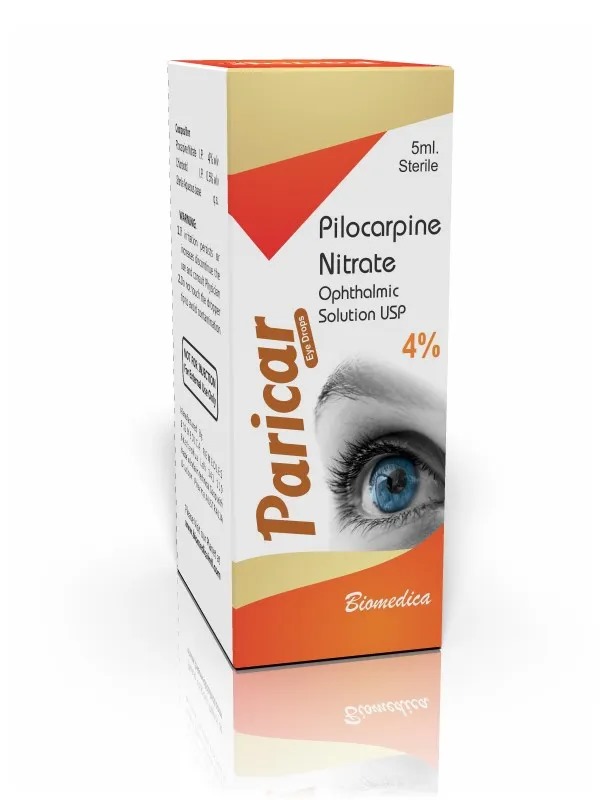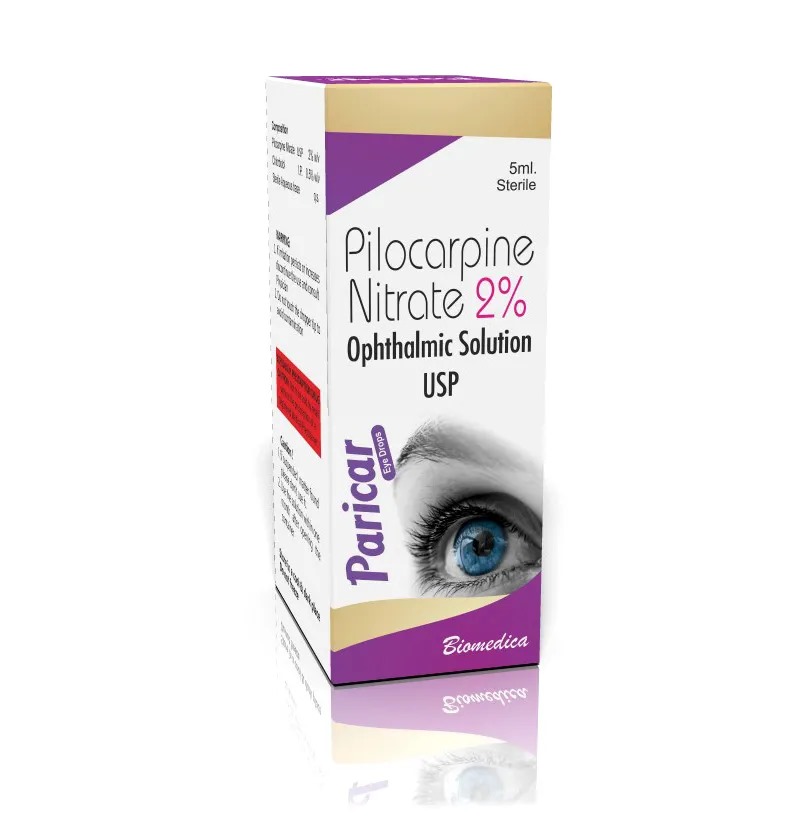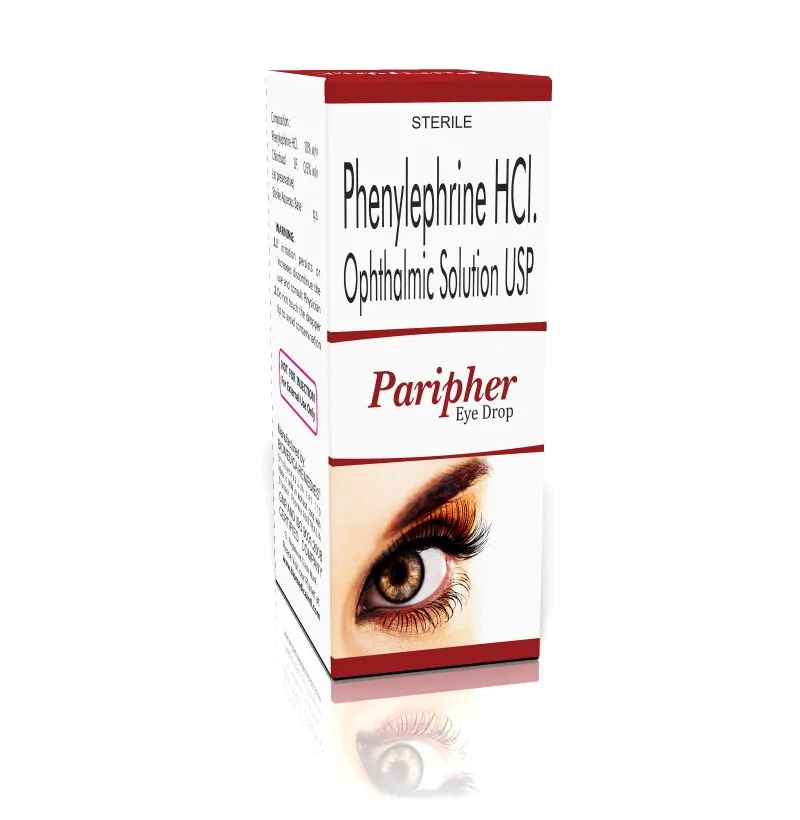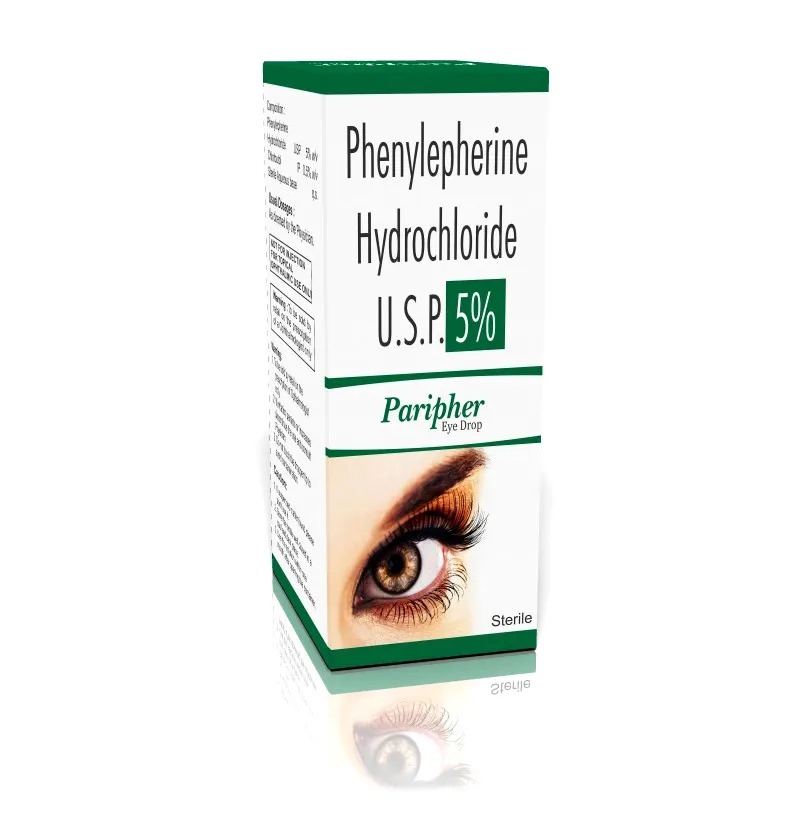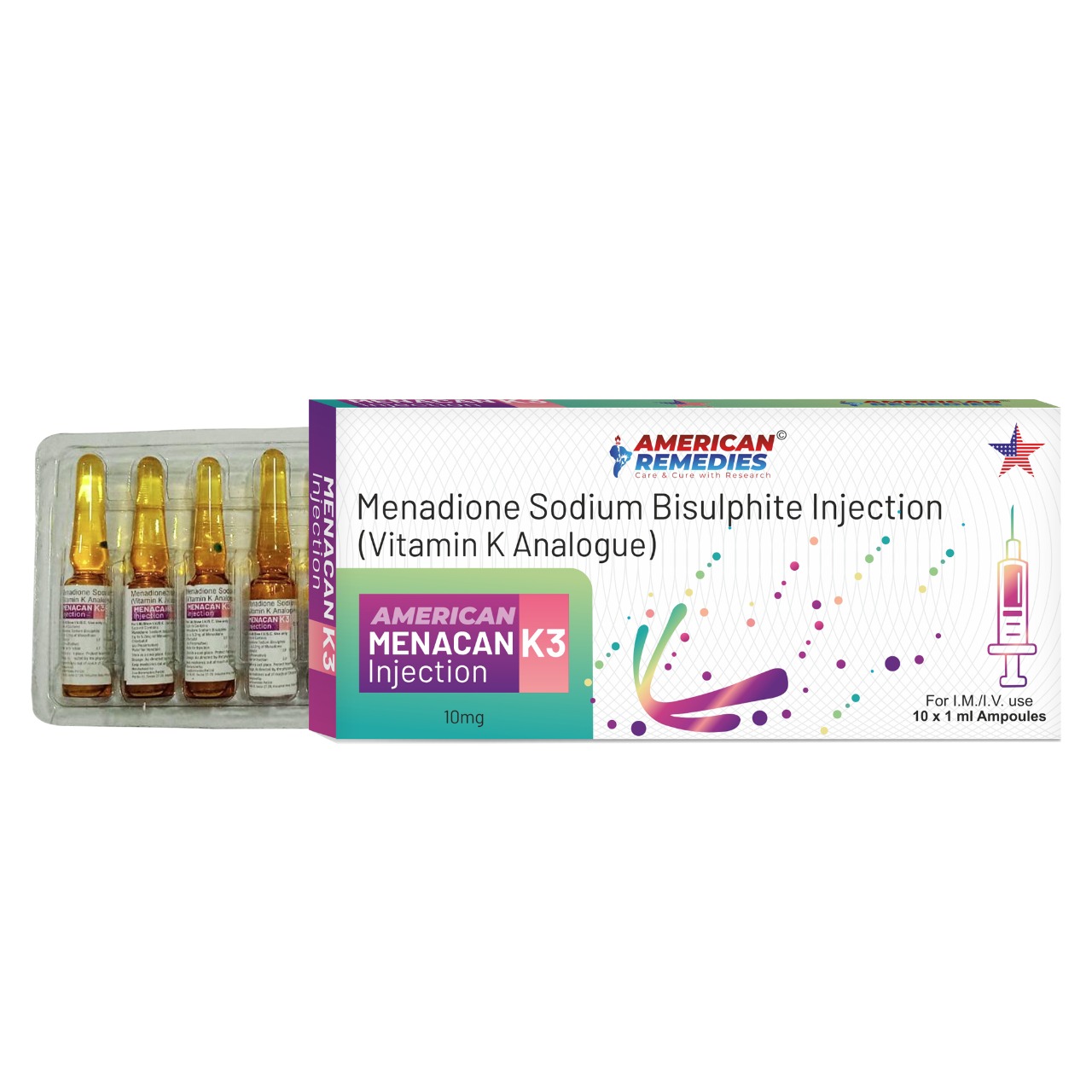Vitamin B Complex Injection contains a mixture of B vitamins, often including B1 (thiamine), B2 (riboflavin), B3 (niacin), B5 (pantothenic acid), B6 (pyridoxine), B7 (biotin), B9 (folic acid), and B12 (cyanocobalamin or hydroxocobalamin). These injections are used to treat or prevent deficiencies, support neurological health, boost energy metabolism, and help with recovery in various medical conditions. 🔹 Common Medical Uses of Vitamin B Complex Injection: 🧠 Neurological Support Helps manage neuropathy, nerve pain, or nerve inflammation (e.g. sciatica, diabetic neuropathy, neuritis). Especially beneficial in alcoholics or people with poor absorption. 💉 Treatment of Vitamin B Deficiencies Used when oral intake is insufficient or not possible. Common in cases of: Chronic alcoholism Malabsorption (e.g., Crohn’s, celiac disease) Post-surgery (e.g., bariatric surgery) 🔋 Fatigue & Weakness B vitamins play a role in energy metabolism—injections may help with unexplained fatigue, especially if related to deficiency. 🩺 Supportive Therapy in Illness Often used as part of recovery in chronic illness, surgery, burns, or infections to support metabolism and healing. 🧬 Anemia (especially B12 or folate-related) Supports red blood cell production and can help treat megaloblastic anemia. 🥴 Hangover Recovery (off-label/alternative clinics) Sometimes included in 'IV drip therapy' or 'hangover cures' to replenish nutrients and restore hydration. 💉 How It’s Given: Usually given intramuscularly (IM). Can also be given intravenously (IV) in hospital settings. ⚠️ Possible Side Effects: Mild: Pain at injection site, flushing, or nausea. Rare: Allergic reactions (especially with B1 or B12). Should be used with caution in people with certain allergies or medical conditions (e.g., B12 sensitivity in Leber’s disease). ✅ Summary of Benefits: Benefit / Condition Vitamin B Complex Role Nerve health & repair B1, B6, B12 Energy metabolism All B vitamins Anemia support B9 (folate), B12 Fatigue, recovery, weakness General support Alcohol-related deficiencies B1 (thiamine), B6, B12 Post-surgical healing B-complex support
Send Message